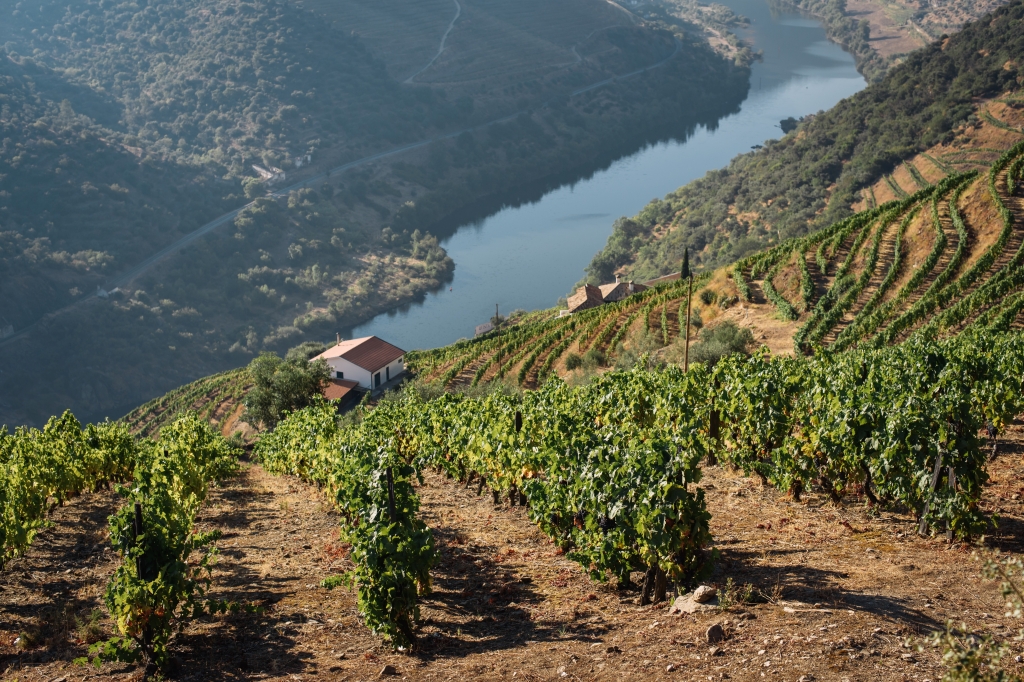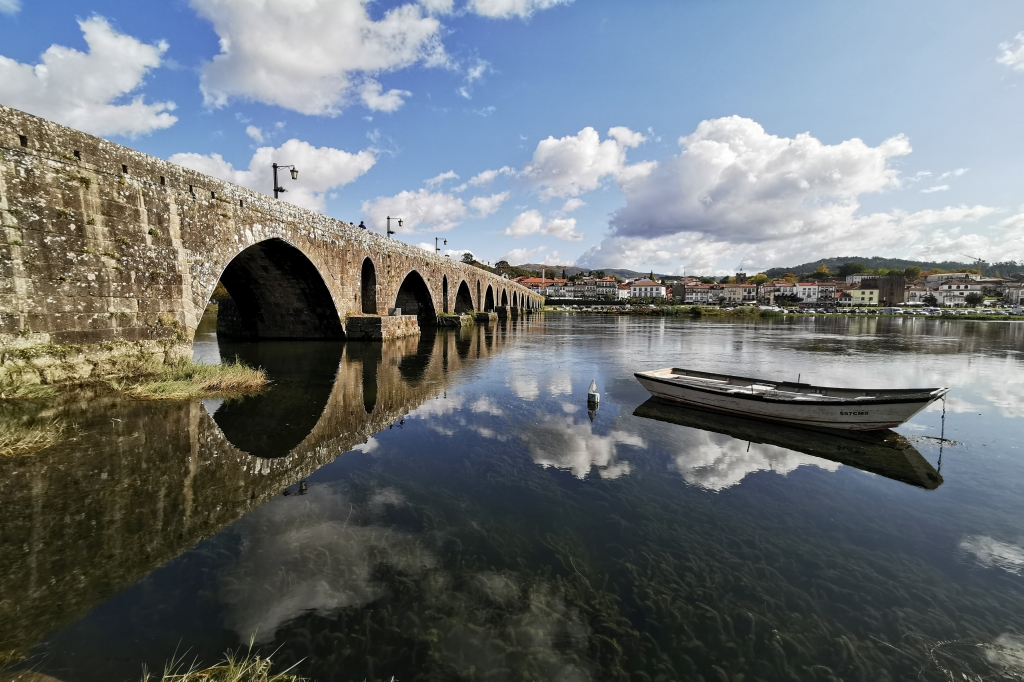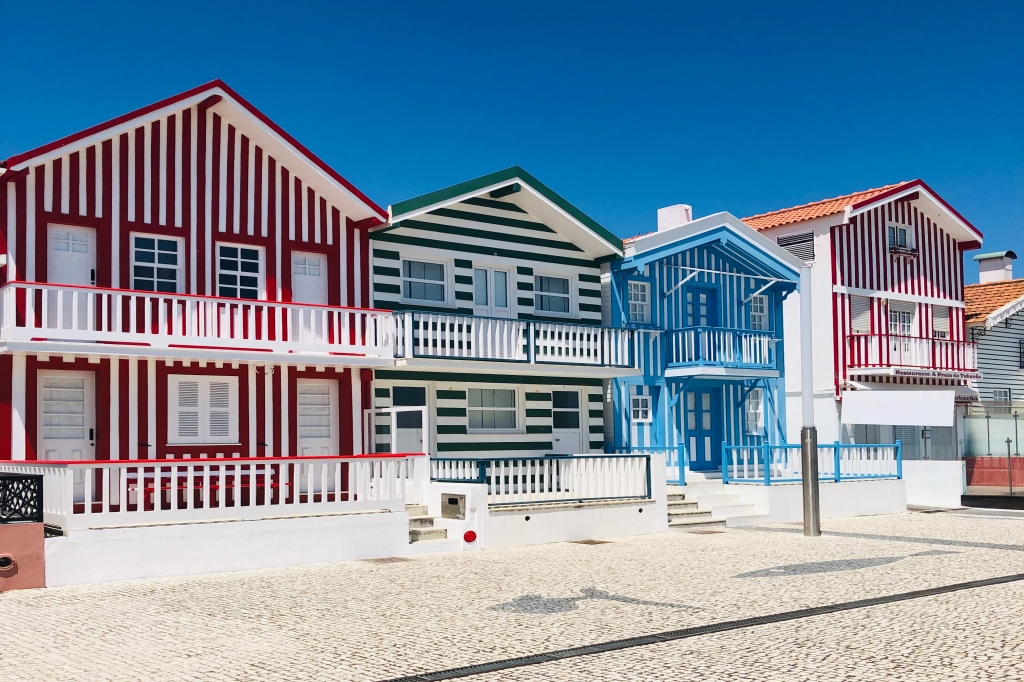
By Trudie Earle
Did you know that Portugal has over 250 native varieties of grape? The country, although much smaller in size to its larger-than-life neighbouring Spain, has an incredibly varying terrain that is divided up into fourteen different wine regions. Each of these regions has a distinct grape specialty; from ripe, plump grapes and berries in full-bodied red wine to light, crisp citrus-y white wine. Across the mountains of the Serra da Estrela to the rolling, untamed hills of the famous Douro Valley, the wine regions of Portugal make it an unmissable treasure trove for wine enthusiasts of all levels.
With a glass of Port in one hand and a sweet Pasteis de Nata in the other, Beau Monde uncovers five must-visit wine regions in Portugal:
1. Douro Valley

Undoubtedly the most famous wine region in Portugal, and certainly one of the most popular in the world, the Douro Valley is the grande dame region for wine lovers. The crème de la crème. The Douro Valley is the oldest wine region in the world and is a listed UNESCO World Heritage site due to its outstanding beauty, and wild, untamed mountain regions. The Douro River, otherwise known as the River of Gold, runs for almost 900km through the middle of the region and cut deep valleys through the area, making it rich in forestation and the ideal place for sweet, juicy grapes. The production of Port wine has existed in the Douro Valley for approximately 2000 years – so you know it has got to be good!
Wine: Port
See: Visit Peso da Régua, the “capital city” of the Douro Valley and check out the Museu do Douro to get a full understanding of the rich history of this world-famous wine region, or visit one of the many of the cellars in Porto!
Do: Viking River Cruise through the Valleys and River Douro
2. Minho

Located in the north-western corner of Portugal, Minho is a large, densely forested region full of rivers, vineyards, and small villages. While it shares a border with the popular Douro Valley, the wine of Minho is a stark contrast. Instead of the sweet, berry-flavoured grapes of the Douro, Minho offers up crisp, acidic but light grapes. The area produces Vinho Verde – otherwise known as green wine, not because the wine itself is green in colour but because it is best enjoyed in the early days of production. These are not wines for aging! The area of Minho is lush and leafy, with around 15,500 hectares of which 70 percent are dedicated to white wine grapes including Alvarinho, Semillon and Avesso. Vinho Verde is well-known to be light, fresh and although low in alcohol, it can be high in acidity and flavours of citrus and stone fruits. Best enjoyed in the summer!
Wine: Vinho Verde (Red & White)
See: Visit Guimarães, a municipality in the Minho region that was the first capital city of Portugal
Do: A private wine tasting experience from Porto through Barcelos, Ponte de Lima and Caminha
"The production of Port wine has existed in the Douro Valley for approximately 2000 years – so you know it has got to be good!"
3. Dão

One of Portugal’s lesser-known wine regions, Dão was hit in the past with restrictive wine laws that impacted the quality of the wine produced in the region. These days, however, we can be thankful those laws no longer exist and instead, the region is coming back to fruition and producing subtle, supple wines that are perfect for food pairing. Often referred to as Portugal’s answer to French Burgundy, Dão is home to small, privately owned producers who grow grapes amongst pine and eucalyptus forests. The mountains of the region protect it from the coastal winds and provide both elevation and cool temperatures that contribute to the production of elegant wines. The region is home to Portugal’s self-proclaimed “finest” red wine grape, the Touriga Nacional.
Wine: Dão
See: While in the region, visit São Pedro do Sul, a village home to thermal pools that pre-date Roman times – get your wine & spa on! Take a trip to Quinta dos Roques, a rustic countryhouse that is third generation owned and operated (speciality traditional wines!)
Do: Wine and cheese pairing tour that combines the private wine estates of Dão with cheese produced in the Serra da Estrela Mountain region
4. Bairrada

On the Atlantic coastline of Portugal, the region known as Bairrada is home to a range of grapes that make up both stellar white and red wines. The area is rich with fertile clay soils and limestone, so the vines are regularly ripened with fruits. The area is largely dominated by a single grape variety – the Baga, which is indigenous to Portugal, and although it makes for a lovely, blended wine, it is best drank in its pure form. Baga grapes make for intricate fruity wine that can often have a floral undertone. Bairrada is also the perfect place for sparkling wines due to the cooler climate and coastal breeze. Winemaking has existed in Bairrada since the 10th century when growing demand in the upper regions of the Douro Valley and around Porto spread lower, down the Portuguese coastline.
Wine: Baga – either pure or in blends with Merlot and Shiraz, or Cerceal/Bical for sparkling wine
See: The Buçaco Palace & the beaches of central Portugal such as Costa Nova
Do: Visit the Alianca Underground Museum for a unique dive into the traditional wine cellars of the region as well as some interesting artefacts from bygone eras
"Dão is home to small, privately owned producers who grow grapes amongst pine and eucalyptus forests"
5. The Azores

Located approximately 1400km off the coast of capital city Lisbon, the Azores are home to an archipelago comprising nine small islands in the middle of the Atlantic Ocean. Each of these islands is diverse in terrain, full of unspoilt volcanic landscapes, which makes it a unique destination not only to visit but also to sample wine. Take a break from the crater lakes, geothermal pools, whale watching and endless spans of island beaches and head for the vineyards. There are 33 different varieties of grapes on the Azores, almost evenly split between red and white. The largest island of the nine, Pico, is a lush oasis full of evergreen trees and volcanic peaks. Nestled into the volcanic rocks, vines tangle and grow through rock walls. The volcanic rock walls where the vines of Pico call home have been listed as a UNESCO World Heritage site since 2004 and make for a stunning exploration, so different and distinct from the hillside vineyards of France or Italy.
Wine: Arinto, Verdelho & Pico Terrantez
See: The volcanic rock walls on Pico Island
Do: Island hopping between Pico, Terceira and Graciosa
***
With such a diverse terrain, the wine regions of Portugal present such unique and traditional wines to the world. Tannic tantalising the taste buds. Acidic, citrus undertones that are perfect for summer, or deep red with stone fruit finishes that make your lips smack. The wine regions of Portugal should next on your list to visit – arrive a wine novice and leave a certified wine aficionado!
















